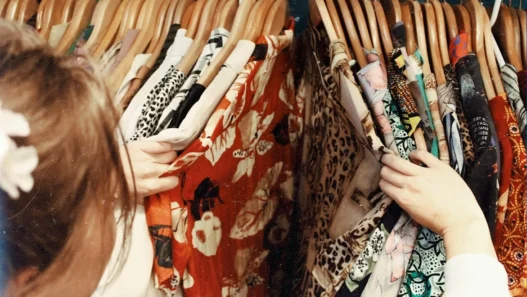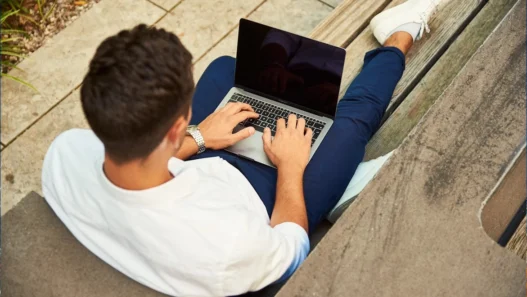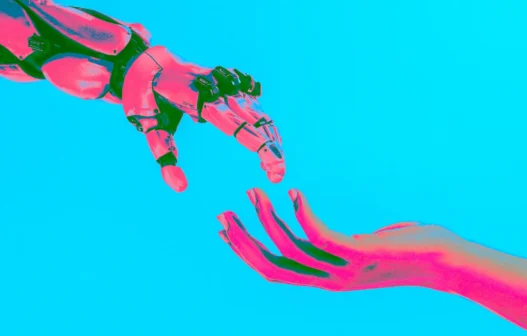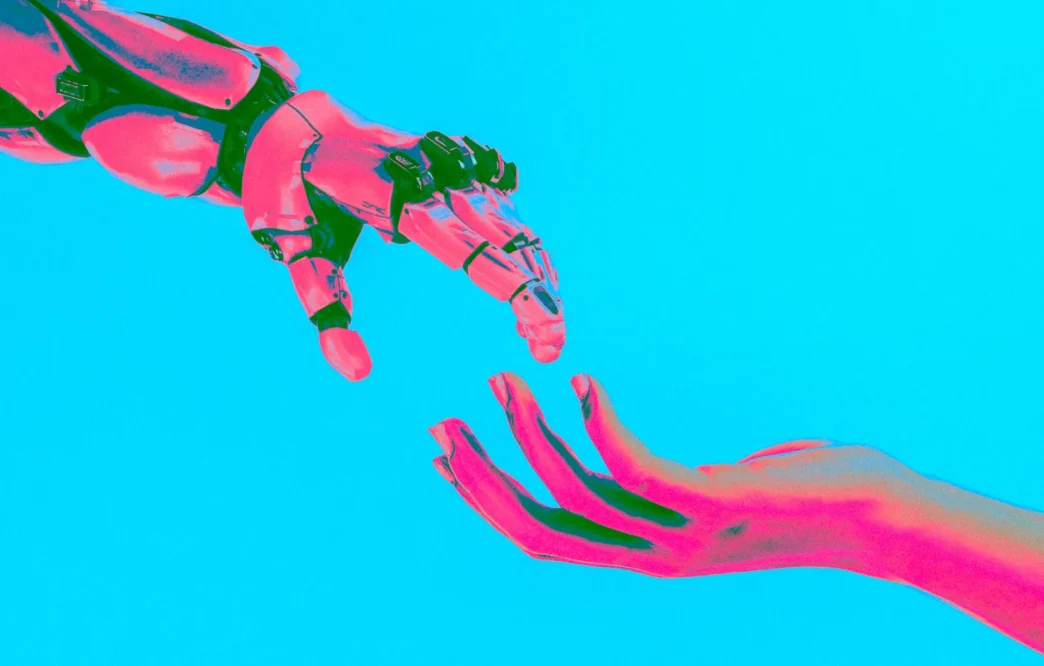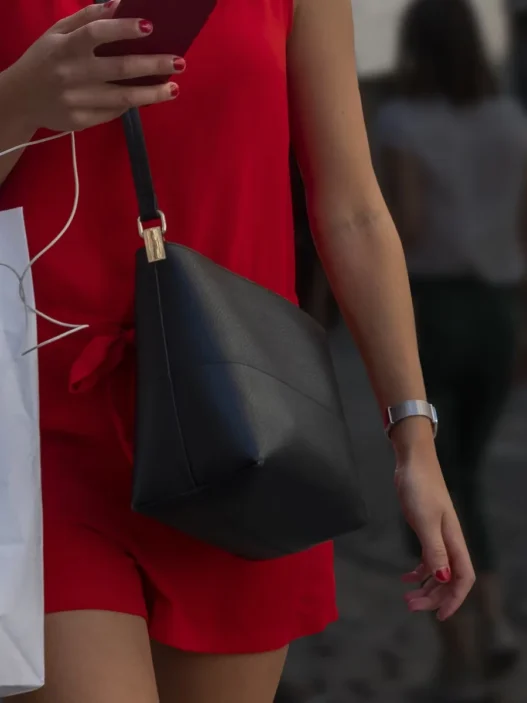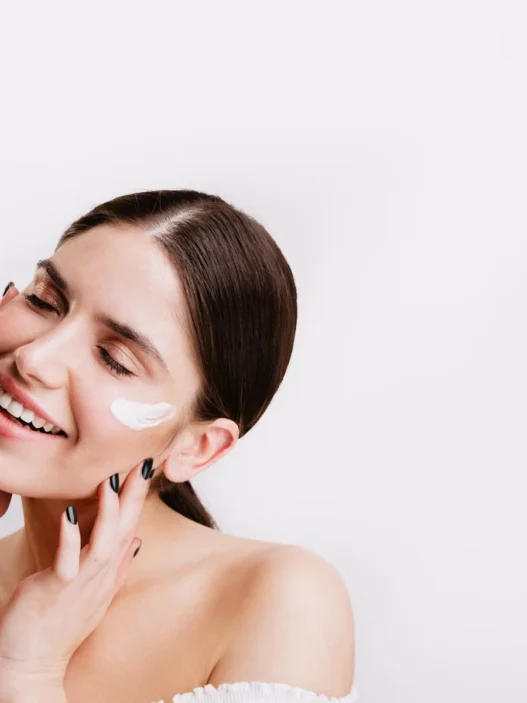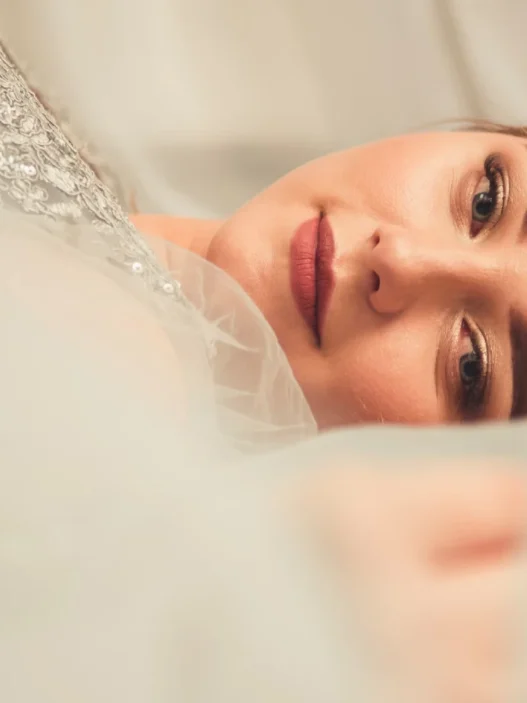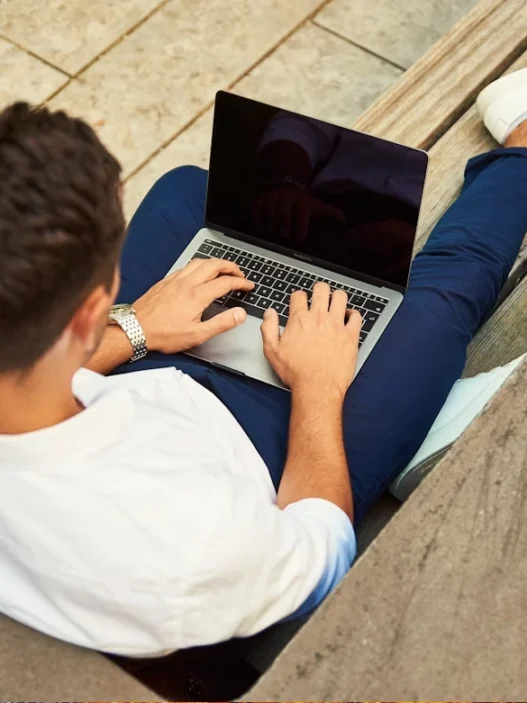The global beauty industry is undergoing a radical transformation, with cutting-edge technology reshaping how consumers engage with personal care. From AI-powered skincare analysis to augmented reality makeup trials, digital tools are making beauty more personalized, precise, and accessible.
With a population that is both digitally savvy and deeply invested in beauty and grooming, countries like the UAE, Saudi Arabia, and Qatar are rapidly becoming hotspots for beauty innovation. Here, the fusion of luxury lifestyle, high-tech infrastructure, and rising e-commerce has created fertile ground for beauty tech adoption.
Technologies such as smart mirrors, AI-based skincare diagnostics, and virtual makeup try-ons are no longer niche — they are becoming part of the everyday beauty experience. From luxury malls in Dubai to high-end salons in Riyadh, beauty tech is redefining standards, expectations, and routines.
Curious how beauty technology is shaping the Gulf’s cosmetic culture? Read on to explore the trends and tools transforming the Middle Eastern beauty scene.
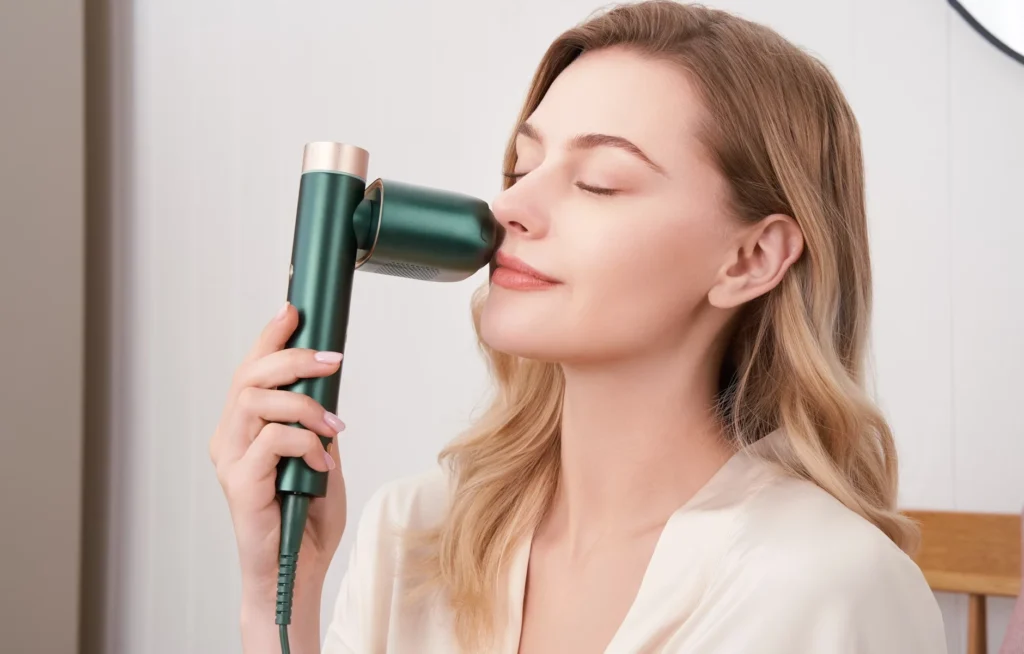
The Rise of Beauty Tech in the Gulf
In recent years, the GCC nations have emerged as early adopters of beauty tech. Major beauty retailers and wellness clinics are investing in AI-driven consultations, AR try-on apps, and skin-mapping technologies that elevate both in-store and online experiences.
With a high rate of smartphone penetration (over 90% in the UAE) and some of the highest beauty spending per capita globally, the Gulf offers fertile ground for tech integration in beauty.
Key Drivers of Growth:
In markets such as the UAE and Saudi Arabia, tech-forward consumers are embracing innovation that offers not just convenience, but also personalization and luxury.
- Luxury-Centric Consumer Culture: Gulf consumers prioritize premium, customized experiences. This cultural preference aligns perfectly with the rise of bespoke skincare routines, virtual makeovers, and smart salon solutions powered by machine learning and data analytics.
- E-Commerce and Social Media Influence: The post-pandemic boom in online beauty shopping and the continued rise of Instagram and TikTok beauty influencers in the Gulf have accelerated demand for interactive digital beauty experiences. AR-enabled shopping has become a key differentiator for brands targeting Middle Eastern millennials and Gen Z.
- Government Support and Startup Ecosystems: The UAE and Saudi Arabia have made tech innovation a national priority. Initiatives like Saudi Vision 2030 and Dubai’s Smart City Strategy actively support AI, IoT, and startup incubation, including those in the wellness and beauty sectors. Dubai’s Area 2071 and Abu Dhabi’s Hub71 are nurturing beauty-tech startups and partnerships with global brands.
Are you a beauty professional or retailer in the Middle East? Now is the time to invest in tech-forward solutions that match the expectations of your high-end clientele.
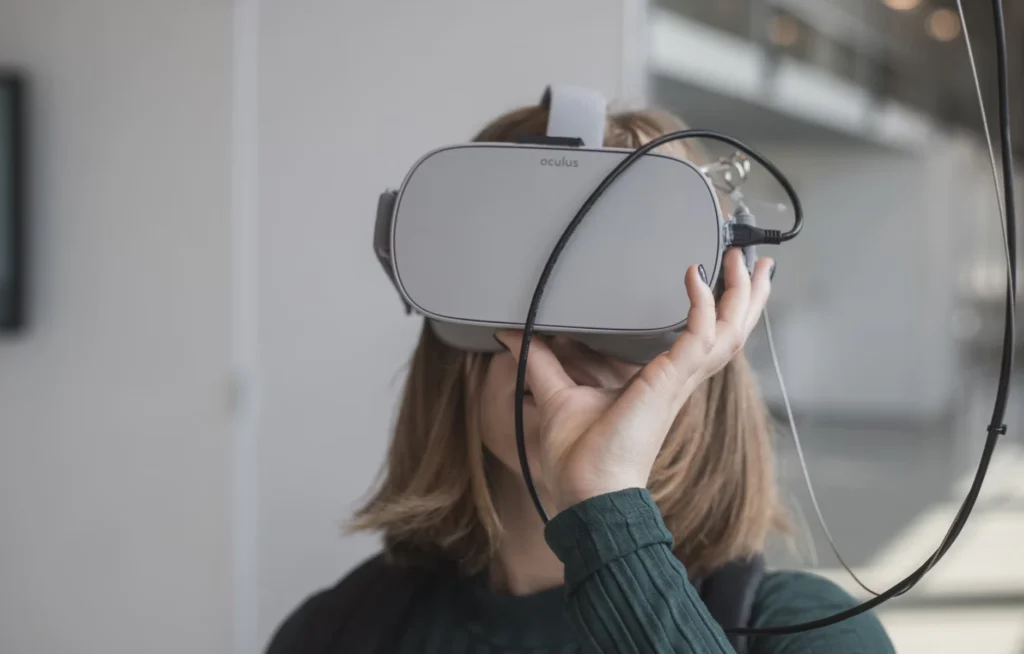
Game-Changing Innovations in Personal Beauty
The intersection of artificial intelligence, augmented reality, and beauty science is transforming how consumers approach skincare and makeup across the Gulf. Beauty tech innovations aren’t just futuristic—they’re available now and integrated into everyday routines across malls, salons, and e-commerce platforms.
Let’s explore three major technologies revolutionizing personal beauty in the Middle East:
1. Smart Mirrors: The New Beauty Concierge
Smart mirrors are leading the in-store tech revolution, especially in Dubai’s luxury malls, Abu Dhabi’s beauty boutiques, and Riyadh’s high-end salons. These AI-enabled mirrors scan your face and provide real-time diagnostics, analyzing concerns such as wrinkles, dark spots, pore size, and hydration levels.
Retailers like Sephora Middle East and Faces have installed smart mirrors that offer product suggestions based on your skin profile. Premium salons in Dubai Marina and Jeddah use these tools to enhance consultations before facials or treatments.
Bestselling Smart Mirror: Hi-Mirror Mini Premium X, offers 360-degree skin analysis, tracks progress over time, and syncs with Amazon Alexa.
Smart mirrors aren’t just about reflection—they’re about precision. If you’re a salon or retailer in the Gulf, integrating smart mirrors can elevate your customer experience and position your brand as a beauty innovator.
2. AI Skincare Analysis: Personalization Meets Dermatology
Artificial Intelligence is transforming skincare into a hyper-personalized science. Using smartphone cameras or handheld diagnostic devices, these tools scan your face, process biometric data, and recommend ingredients or products tailored to your exact skin needs.
This technology is rapidly gaining ground: Pharmacies in the UAE, such as BinSina and Aster, now offer AI skin consultations alongside product recommendations. Beauty subscription boxes are beginning to integrate AI diagnostics to curate items per skin type and seasonal needs.
Example: Neutrogena Skin360™ App + Wand, while not regionally manufactured, this is gaining traction in Saudi and UAE beauty communities through international retailers.
For skincare brands in the Middle East, offering AI-powered assessments helps move beyond generic solutions—delivering results that consumers can see, measure, and trust.
3. Virtual Try-Ons: Shopping Smarter, Not Harder
Thanks to augmented reality (AR), customers can now try on makeup virtually—anytime, anywhere—using just a smartphone. From lipsticks and eyeliners to foundations and even hair dye, AR allows instant, accurate previews without the need for physical testers (a key benefit post-COVID).
L’Oréal’s ModiFace, integrated into brand websites and Sephora GCC apps, lets users swipe through hundreds of shades before buying. Social media platforms like Instagram Shopping and TikTok Shop MENA have introduced AR filters for Middle Eastern beauty influencers and brands.
Example: L’Oréal ModiFace AR Try-On Tool: Licensed across luxury brands like Lancôme, Maybelline, and YSL Beauty, with seamless integration across online retailers in the GCC.
Online beauty retail in the Gulf is no longer just about browsing—it’s about trying, testing, and buying confidently. If you’re a brand without AR try-ons, you’re already behind.

Beauty Tech And Consumer Expectations
Beauty tech is no longer a luxury; it’s an expectation. Whether you’re a startup, spa, or global brand operating in the Middle East, investing in these innovations is key to staying relevant in one of the world’s fastest-growing beauty markets.
The Middle East, particularly the Gulf region, has always had a deep-rooted cultural appreciation for beauty, self-care, and luxury. But in recent years, consumers have moved beyond tradition—demanding experiences that are not only effective but also tech-forward, personalized, and immersive.
Explore how beauty tech is transforming the Gulf—AI skincare, smart mirrors, and AR try-ons are redefining personal care across the Middle East.
1. Beauty as a Daily Ritual, not a Luxury
In Gulf households, beauty is embedded into daily routines and social expectations. Consumers across the UAE, Saudi Arabia, Qatar, and Kuwait prioritize appearance, grooming, and self-presentation as essential—not optional—parts of life.
This cultural emphasis has led to higher-than-global-average spending on personal care, cosmetics, and skincare tools. As a result, products offering high-performance, scientific precision, or luxury value are met with enthusiasm, particularly when enhanced by technology.
2. A Digital, and Influencer-Driven Generation
The Gulf region is home to a young, mobile-first population, with over 70% of the demographic under age 35. These consumers:
- Spend hours engaging with beauty content and influencers daily, on platforms like TikTok, Instagram, and Snapchat.
- Expect effective results, hyper-personalization, and tech-based interactivity from the brands they trust.
- AR filters, smart skincare quizzes, and AI-generated recommendations are not gimmicks—they’re part of the beauty decision-making process.
Are you a beauty brand that wants to succeed in the Gulf? Design your user experience like you would a social media campaign—interactive, fast, and hyper-personal.
3. Embracing Global Trends, with Local Expectations
While Gulf consumers are eager adopters of global trends—like clean beauty, derm-grade skincare, and K-beauty—they often seek Arabic-language support, halal formulations, and regionally relevant advice.
This dual expectation—global quality with local nuance—has pushed beauty tech developers to customize offerings for the market.
Examples: Sephora Middle East offers Arabic-enabled virtual try-on experiences; Huda Beauty regularly integrates technology into product launches that reflect regional beauty standards.
4. High Trust in Data-Backed, Clinic-Grade Solutions
Unlike Western markets where DIY beauty dominates, Gulf consumers frequently seek professional consultation—whether in salons, dermatology clinics, or luxury spas.
Tech tools that simulate or support expert insight—such as AI-powered skin analysis, virtual dermatologist consultations, or tech-integrated facials—see much faster adoption in the Gulf than in many global regions.
Tech brands and retailers: Collaborate with local clinics, pharmacies, or licensed professionals to build trust and scale quickly across Gulf markets.
5. Tech as a Symbol of Prestige and Progress
In the Middle East, using high-end technology is not just about function—it’s about status, innovation, and lifestyle alignment. Whether it’s a smart mirror in a Dubai villa or an AR shopping experience at Riyadh Park Mall, technology communicates modernity, sophistication, and success.
Beauty tech in this context becomes an aspirational lifestyle enhancer—not just a practical tool.
The Middle Eastern consumer isn’t just tech-literate—they’re tech-forward. To win in this region, beauty brands must blend precision with prestige, efficiency with elegance, and global credibility with local relevance.
Understanding the consumer psyche in the GCC is crucial for beauty tech brands aiming to gain traction. Below, we break down the key behavioural and demographic factors fueling tech adoption in the region’s beauty sector.
The Future of Beauty Tech in the Middle East
The Gulf is not just keeping pace with the global beauty tech movement—it’s setting the tone for what’s next.
The next wave of advancement will focus on deeper personalization, predictive skincare, and immersive experiences that blend digital intelligence with physical care. Consumers in the region are increasingly drawn to data-backed solutions that feel tailor-made—prompting the rise of AI tools capable of anticipating skin concerns before they appear, and recommending proactive regimens built on biometric analysis and machine learning.
Beauty tech in the Gulf is no longer an emerging trend—it’s a defining force. With smart mirrors, AI-powered skincare, and virtual try-ons now part of the mainstream beauty experience, consumers across the UAE, Saudi Arabia, and beyond are embracing innovation that’s personal, data-driven, and deeply aligned with their lifestyle. This rapid adoption is being shaped by a tech-forward generation, a luxury-focused culture, and a growing demand for efficiency, precision, and personalization in beauty routines.
As the region continues to evolve, the most successful beauty brands will be those that understand the Gulf’s unique intersection of tradition and technology. From AI-driven diagnostics in salons to AR experiences in e-commerce, the future of beauty in the Middle East is interactive, intelligent, and immersive.
For businesses, now is the time to innovate.





